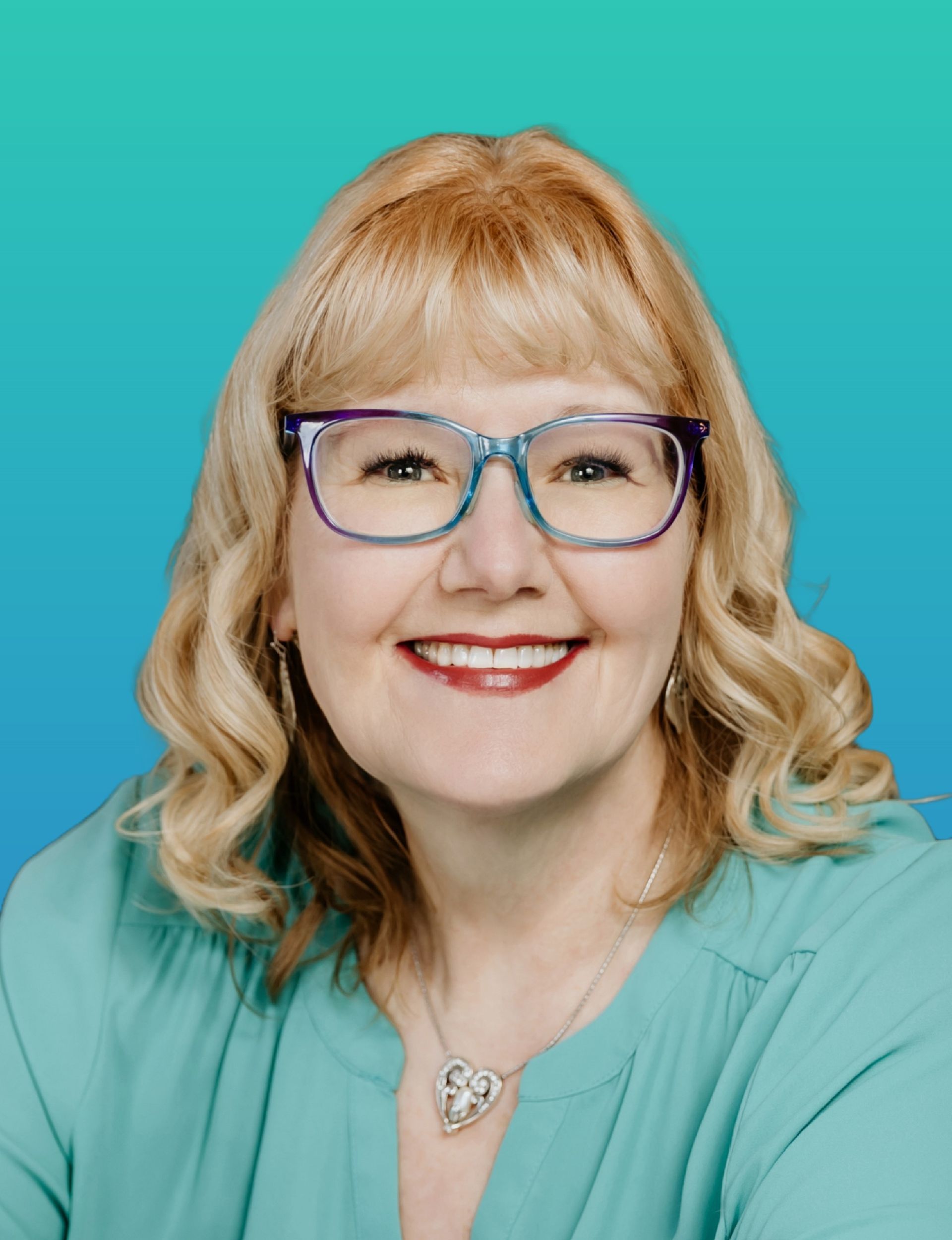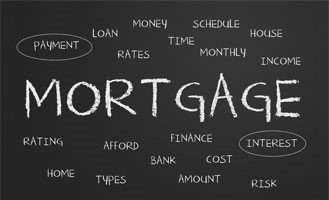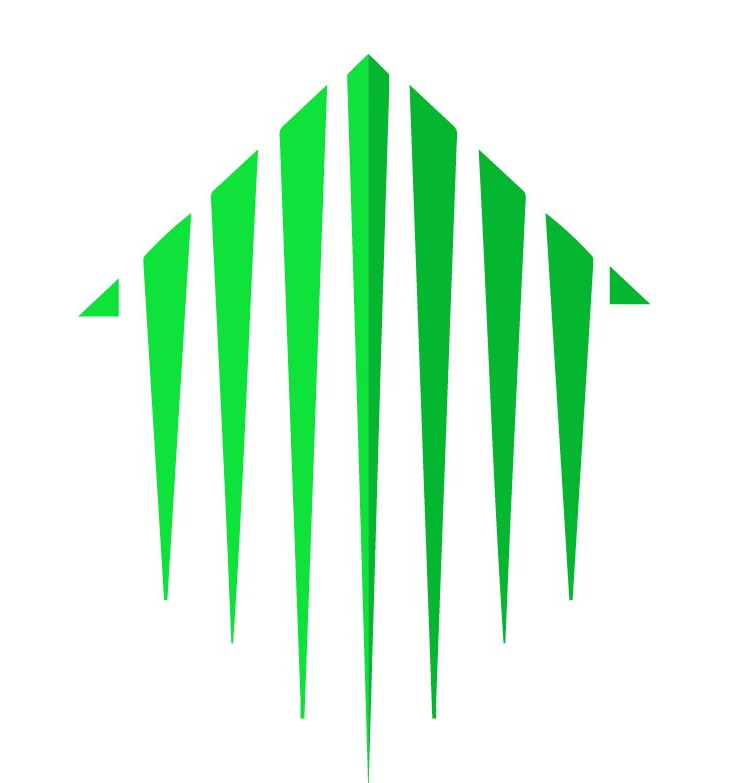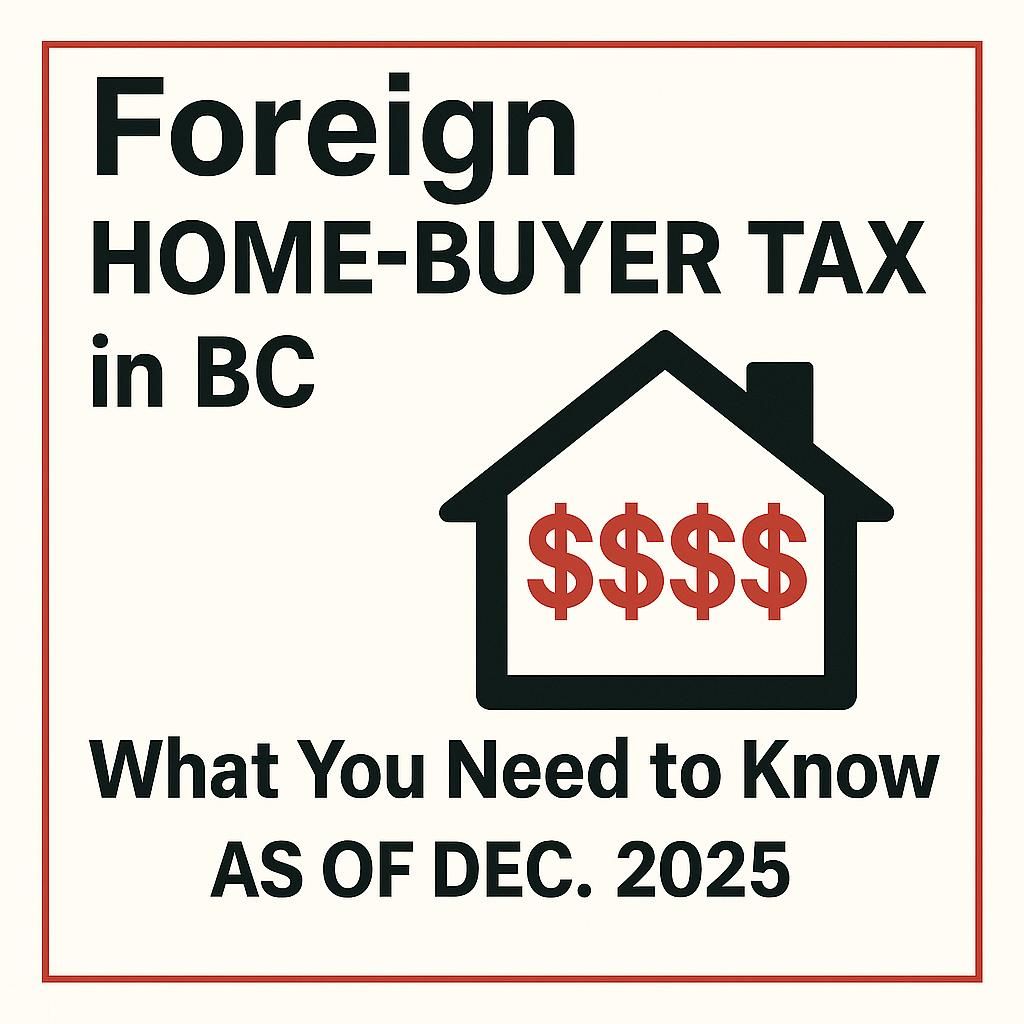Cash Back Mortgages – There’s no FREE Lunch!!

You often see Cash Back Mortgage ads as a lure from the major banks offering cash back incentives on their Mortgage products. Cash back mortgages are becoming increasingly popular among borrowers, particularly those who have limited down payments.
So here’s some quick words of advice. STAY AWAY FROM CASH BACK Mortgage offers!
What is a Cashback Mortgage? The deal is simple. Various lenders offer cash back programs, allowing a percentage of the property’s Mortgage value to be rebated to the borrower upon closing. The bank gives you cash up front to use however you want, except as the down payment .
The cashback on mortgage option can definitely help when it comes to paying closing costs, but borrowers should be aware that these products come with catches:
1) Higher interest rates The cost of the upfront cash is a much higher interest rate — usually about 2% higher than a Mortgage Broker negotiated rate. The higher interest rate is what pays for the cash the bank is “giving” you.
The homeowner would be pay a significantly higher amount of interest over the term of the mortgage. Homeowners need to crunch the numbers to calculate what’s more worthwhile:
- Continue to rent and save for your down payment & closing costs
- Overpay in interest, with the hopes of becoming a homeowner and eventually compensating for the higher interest rates with a possible increase value in the property.
| Cash Back Mortgage Amount | Mortgage Broker – Mortgage Amount | Difference: | ||
| Mortgage Amount: | $400,000.00 | Mortgage Amount: | $400,000.00 | |
| Interest Rate: (%) | 4.99% | Interest Rate (%): | 2.99% | 2.00% |
| Amortization: | 25 years (300 months) | Amortization: | 25 years (300 months) | |
| Term: | 5 years | Term: | 5 years | |
| Payment Frequency: | Monthly | Payment Frequency: | Monthly | |
| Compounded: | Semi-annually | Compounded: | Semi-annually | |
| MORTGAGE SUMMARY (based on the above terms) | ||||
| Payment Amount: | $ 2,324.14 | Payment Amount: | $ 1,890.93 | $ (433.21) |
| Total Interest: | $ 93,422.98 | Total Interest: | $55,288.49 | |
| Total Principal: | $ 46,025.42 | Total Principal: | $48,167.13 | |
| Total Payments: | $139,448.40 | Total Payments: | $103,455.62 | $(35,992.78) |
| Balance Remaining @ Maturity: | $353,974.58 | Balance Remaining @ Maturity: | $341,832.69 | $(12,141.89) |
| Difference | -$48,134.67 | |||
$48,000 difference over 5 years. It’s pretty clear why a Cash Back Mortgage is not a great deal for the consumer and why I discourage it’s use.
2) Clawback penalties: If you need to break your mortgage, whether to sell or refinance your home before your mortgage term is complete.… you have to pay the Penalty PLUS return the Cash Back portion to the bank. The Cash Back Penalty is sometimes prorated sometimes NOT depending on the lender, check the fine print of your contract.
3) Variable rates are not available: Another downside to cash back mortgages, is that they are not available for variable rates. For people who can tolerate fluctuating variable interest rates, variables have shown the potential over the long term to save you interest. That option is not available with a cash back mortgage.
4) Limited availability: Most lenders offering Cash Back Mortgages are looking for A+ borrowers with a solid credit profile, steady provable income, and typically 5% or more down payment.
5) The Office of the Superintendent of Financial Institutions (OSFI) reiterated it doesn’t like the Cash Back Mortgage practice at all, recommending mortgage default insurers not underwrite loans that use cash back for a down payment.
READ the FINE PRINT – Many people miss the fine print on lender’s websites and in their mortgage contract. When a deal seems to be too good to be true, there is always a catch… There is NO Free lunch!
If you have any further questions about cashback mortgages or any other mortgage products, please call me at 604-312-5009
Kelly Hudson
Mortgage Expert
Mobile: 604-312-5009
Kelly@KellyHudsonMortgages.com
www.KellyHudsonMortgages.com






